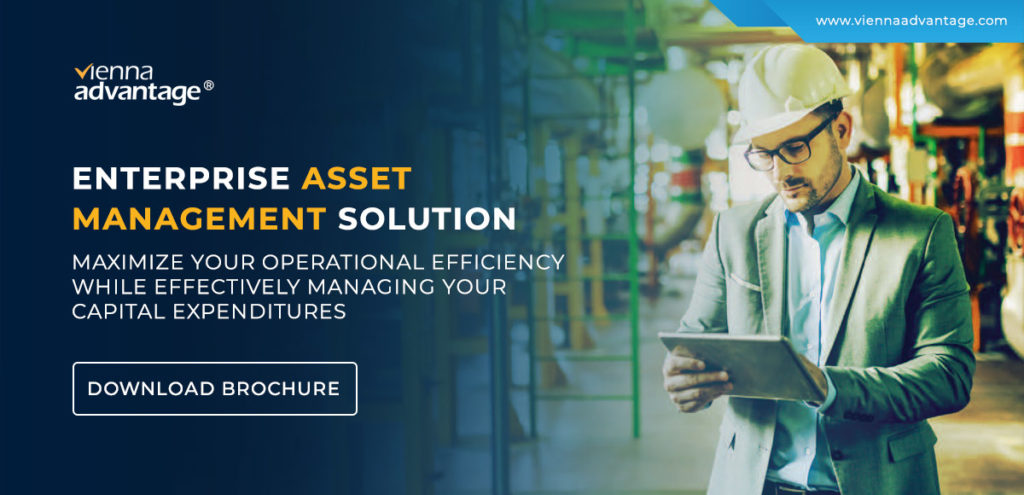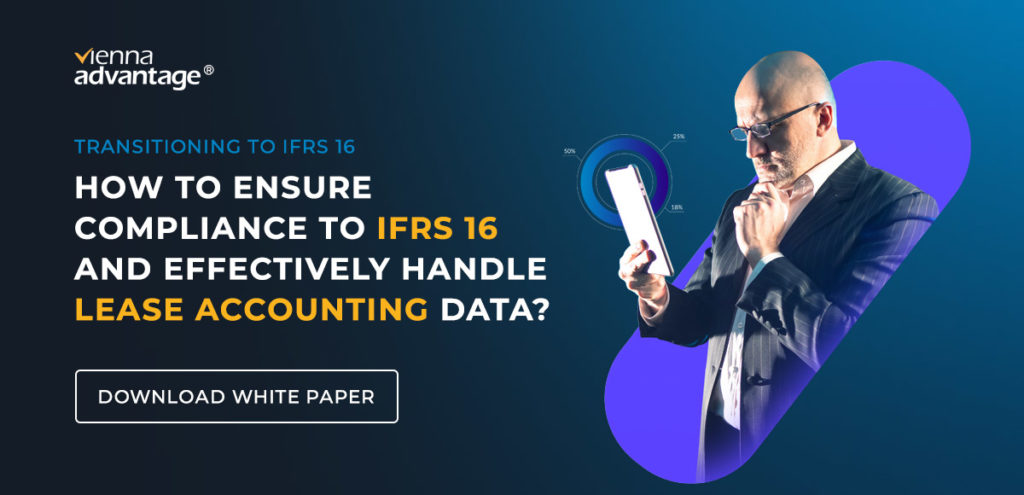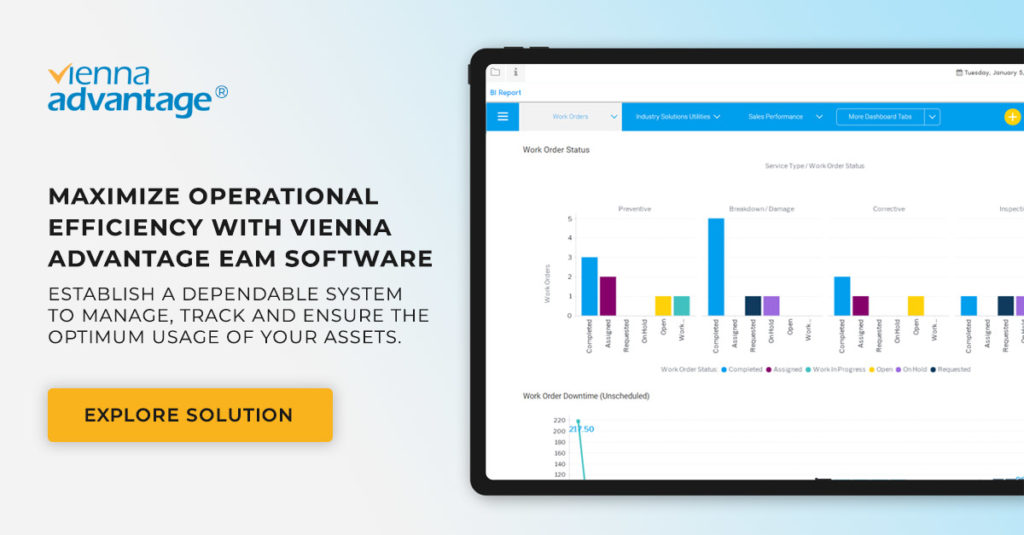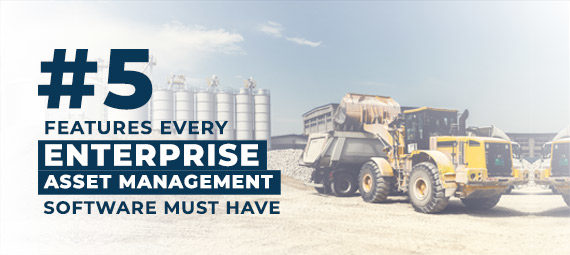Capital intensive industries invest heavily in their fixed assets! And their return on assets (ROA) is a key financial metric that analysts and managers use to gauge the efficiency of utilization of these assets. A robust EAM software, therefore, is a critical part of their IT landscape. If used optimally, such an application can help organizations achieve two key objectives – the first is to enhance asset utilization and reduce downtime and the second, is to manage the accounting and maintenance aspect of the entire asset lifecycle.
This article delves into key features that organizations must look for in an Enterprise Asset Management software. While the list is not exhaustive, it provides key pointers to managers and decision-makers on how these features can impact the way organizations procure, maintain, and manage their fixed assets.
So, let’s start! Here are the 5 features every EAM software must have:
- Asset Procurement and Commitment Budgeting
- Depreciation Schedule
- Lease Asset Accounting
- Asset Maintenance
- Asset decommissioning and disposal
#1 Asset Procurement and Commitment Budgeting
The process of asset management begins with asset budgeting, followed by asset procurement. To support these processes, an enterprise asset management (EAM) software should have the feature that supports capital expenditure budgeting in the financial management module. It should be possible to define budgeted capital expenditure for an accounting period. Moreover, purchase requisitions that are created for asset procurement must be approved against those respective general ledger accounts.
The feature of commitment budgeting is very crucial in aligning asset procurement with budgeting and controlling. This means that the application must ensure that once the purchase requisitions against a particular budget account are approved, the application reserves the amount corresponding to the purchase requisition to a “reserved” category, pending the creation of a purchase order.
The EAM software should provide the ability to convert purchase requisitions and requests for quotations (RFQs) for assets to Purchase Orders and then record the ‘goods receipt’ against delivery of the asset. After the goods receipt note (GRN) has been posted, the EAM software should have the feature to capitalize the asset, which corresponds with the physical commissioning of the asset, and assign an asset ID, along with the preferred depreciation schedule for the asset.

#2 Depreciation Schedule
The accounting consideration of an asset is as important as its physical one and the depreciation schedule is one of the most important accounting concepts that is applied to the asset. As such, an EAM software should support multiple types of depreciation schedules that permit the business to depreciate different types of assets in different ways. The application should have the feature to define different formulae for depreciation methods such as “Straight Line Depreciation Methods”, “Diminishing Balance Method”, and “Sum of Years’ Digits Method”, among others.
Depending on the choice of the asset’s depreciation method, the enterprise asset management (EAM) software should provide always-updated information on the book value of the asset – an exercise that accounts for the reduction in the asset’s value due to its usage and with time.
#3 Lease Asset Accounting
As the lease accounting has now moved to IFRS – 16, an EAM software must support the new lease standard across all aspects including data collection, calculations, reporting, and disclosures. The application must be able to manage lease contract information, along with the respective asset details, and all fixed and variable lease parameters. As a transaction management system, the application should provide alerts for due lease payments and calculate the rights of use, interest expense, amortization, and repayments for each contract and the corresponding asset.

For the visibility of executive management, the application must be able to perform overall lease liability computation and manage sub-leases that organizations may get involved in. From a record-keeping perspective, it is important that the application allows users to upload and attach soft copies of details to the lease agreement records. This will ensure that all lease-related information is available at a single point within the enterprise and this serves as a single source of truth.
#4 Asset Maintenance
Asset utilization is a very important metric for all classes of assets across industries. It is because of this that organizations need to ensure an optimal maintenance schedule for their assets. An EAM software must, therefore, provide the ability to maintain, monitor, and report on asset maintenance functions.
The application should be able to let users define an asset maintenance schedule. For complex fixed assets, this may involve several components that may each have a separate maintenance schedule and their own set of warranties and spare parts requirements. The enterprise asset management (EAM) software must allow for defining and monitoring multiple maintenance schedules at the component level for each asset. The asset maintenance module must also be linked to the inventory management and procurement module to ensure adequate stock of spare parts depending on the asset maintenance schedule and must trigger procurement of spares if there is an inventory shortfall.
Several industries, especially with assets in remote locations, are transitioning to using the Internet of Things (IoT) for condition monitoring of key assets to minimize downtimes and, in some cases, perform predictive maintenance. The EAM software must be able to integrate with external systems and devices to manage and interpret data streams from IoT devices and help operations teams utilize the efficiency offered by emerging digital technologies.
#5 Asset decommissioning and disposal
At the end of the asset’s useful life, the process of decommissioning and disposing of an asset can be quite complex. The enterprise asset management (EAM) software must provide the ability to perform these tasks across different modules.
For instance, organizations carry out reverse auctions for asset disposal. This means that such disposal processes must be supported by the procurement and sales module of the application, while natively integrating with the inventory management and materials management modules to ensure that once the asset is disposed of, appropriate material movement postings are carried out in the system that reflects a decommissioning of the concerned asset. These processes must also incorporate workflows to record all necessary approvals from one or several asset custodians within the organization.
Eventually, after the asset disposal, all accounting functions concerned with the asset must also be terminated and these must be recorded in the respective financial accounts and reflected in respective financial statements as gain or loss against asset disposal.
Moving forward…

For a progressive, asset-intensive organization looking to modernize its enterprise asset management software, VIENNA Advantage provides a reliable alternative to incumbent solutions. With a comprehensive enterprise asset management module, VIENNA Advantage provides all the features listed above, along with native integration with other related modules such as finance and accounting, inventory management, procurement, and materials management.



